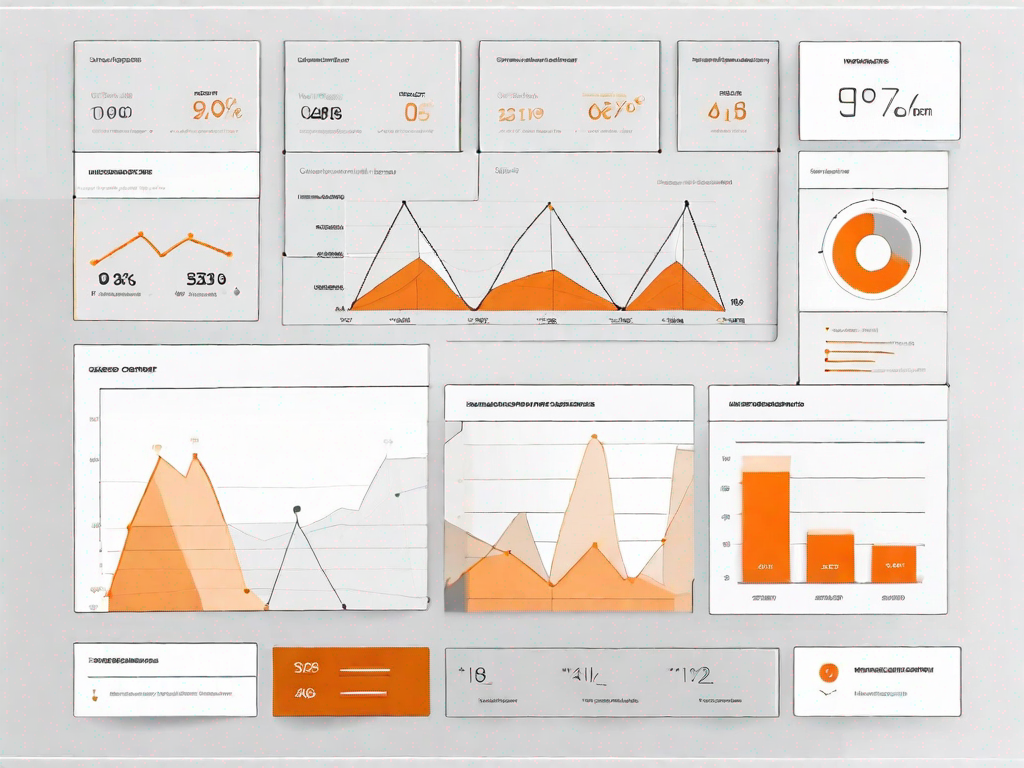.svg)
How to Use Creative Ad Placements to Reach Customers Your Competitors Don’t
.svg)

What’s the return on investment in your brand-building activities? A question that might seem a bit counter-intuitive at first, given the overwhelmingly brand-driven world we live in. Even more so, when you hear influencers praising the role of design and branding, such as A$AP Rocky at recent SXSW, talking about the Design and branding as a key differentiator in a brand’s success. Or after hearing someone like Gary Vee say that “creatives are the variable of success”.
As much as I’d like to just nod and strengthen my confirmation bias about the industry I’ve been in for a couple of years (and seen the difference in results branding can deliver) I still leave my mind open to question the fundamentals.
I use this approach because:
- Assessing the financial contribution of a brand — as well as the return on investing in a brand — can often remain elusive. With an expected $2.1 trillion in total media spend this year, I think it’s even more important than usual to understand what results these investments are yielding.
- Looking for answers to difficult questions challenges me to go out of my comfort zone. Also, when consulting tech startups I’m able to suggest a better strategy based on their current stage.
So, how do we asses the ROI of brand-building?
Measuring brand-building ROI traditionally
Traditionally, to determine brand-building ROI, marketers have subtracted merely the cost from profit and divided it by total value.
Well, as easy as it sounds, this calculation of how much sales increased after a specific “marketing investment” doesn’t tell the marketer anything about how your customers actually engaged with the campaign. Also, it doesn’t account for the short or long-term impact on the conversion rate.
ROI, based purely on these quantitative metrics, will not give you many insights on how to adjust your future investments or how people actually engage with your brand.
A balanced overview
To give people a more ‘balanced’ view of organizational performance, one of the strategic and non-financial performance measurements to traditional financial metrics is The Balanced Scorecard (BSC). Introduced in early 1970’, BSC is a holistic assessment of your brand’s value.
Naturally, with the rapid evolvement of our environment, its usefulness is nowadays discussed.
Brands have evolved beyond a single logo and a tagline to serve multiple other purposes.
Yet, now we understand how much of brand’s overall success is determined by its ability to communicate its values, and meaning (purpose), to both internal organizational culture and external brand communities (a.k.a. your customers).
The realization of the human factor, and looking at brand-building as a conversation rather than branded monologue, implies to count both quantitative (traditional) and qualitative measurements like perception, relevance or employee engagement.
To balance out both sides of the spectrum, using a strategic and holistic framework will create a more meaningful view of your brand’s value.
How to track the ROI from your brand-building
Whether you’ll follow BSC from start to end or not, the four perspectives BSC introduces are a great way to start assessing your ROI more holistically and with less elusiveness. Moreover, you can strategically measure these 4 dimensions whether you’re a small startup or an already well-established company.
Here are the 4 Brand value perspectives perfectly summarised by bestselling author Denise Lee Yohn:
1. Financial value
- Your brand’s economic value can be determined by the contribution it makes to your company’s financial results. Measurements in this perspective include brand valuation methods from firms like Interbrand and Brand Finance, which calculate the net present value of brand earnings.
- Also, pricing studies reveal the price premium your brand commands over close competitors. A cost approach, in which the market price of a product is compared to its costs, is similarly straightforward, albeit blunt, a measure of the financial value of your brand.
- Finally, royalty relief analysis — how much you can charge to license your brand for use by another organization — can reveal a quantitative brand valuation.
2. Customer value — the impact of your brand on customers.
- Customers’ perceptions of and advocacy for your brand provide another perspective on your brand value.
- Through brand tracking research, you can measure customers’ purchase intent, likelihood to recommend, and critical perceptions such as energized differentiation, relevance, esteem, and knowledge.
- Thanks to the increased data and analytic capabilities that most organizations have today, customer research findings can be parsed out and produce correct links to brand-building efforts and even to actual customer records and behavior.
3. Business process value — the improvements to organizational processes resulting from your brand.
- Your brand should make your business run more efficiently and effectively. For example, employee recruiting is bolstered by a strong brand because prospects are attracted to the brand like customers are. Marketing costs are streamlined and marketing tactics are enhanced because your efforts are better targeted and word of mouth augments your campaigns.
- Negotiations with suppliers, distributors, agencies, and other business partners are improved because they benefit from their association with your brand. Some of these business process impacts can be quantified and others are more subjective, but all can be documented and tracked.
4. Culture value — your brand’s influence on organization culture and employee engagement
- This perspective measures how engaged, motivated, and satisfied your employees are. A brand is truly valuable when it connects people to their work, their colleagues, and the company mission in a meaningful and distinct way. Surveys conducted among employees and organizational assessments performed by company leaders will indicate how well your brand does this.
Conclusion
A strong brand should be a priority for all businesses striving for success — and the proof is in the numbers. Brands that are consistently presented see an average revenue increase of 23%.
When looking at the ROI from your brand-building activities you should look for frameworks that incorporate both qualitative and quantitative measurements.
Although it might not completely satisfy the desire for a purely objective ROI, it does provide a reliable and robust view of brand value. And, most importantly, a balanced one.
Article Source
Related Posts
Let's
Let’s discuss how we can bring reinvigorated value and purpose to your brand.







.svg)